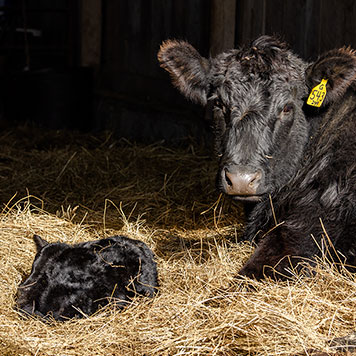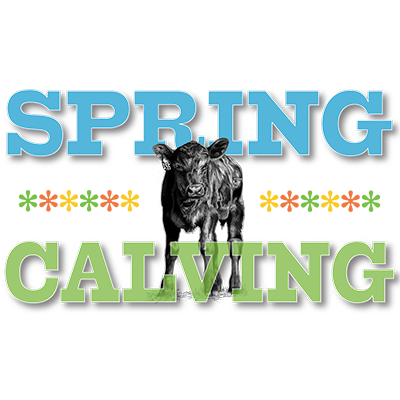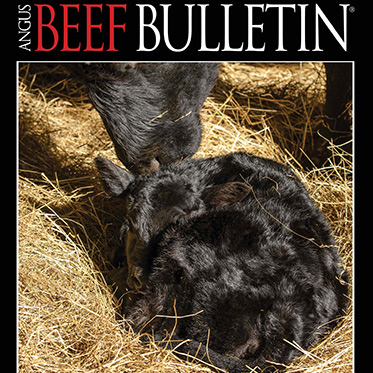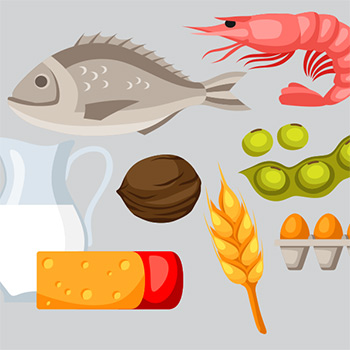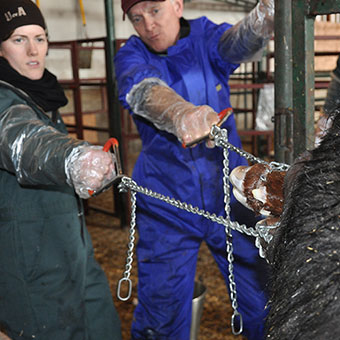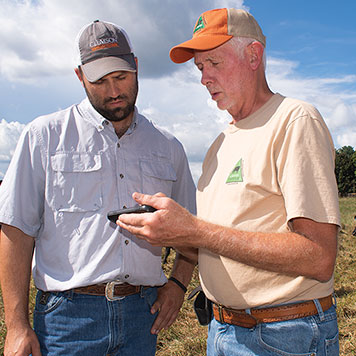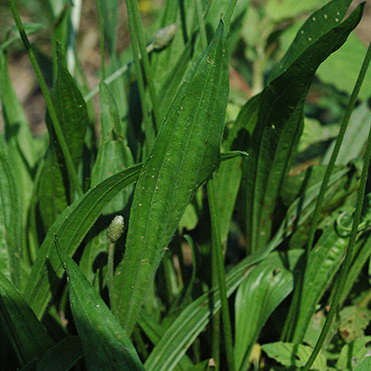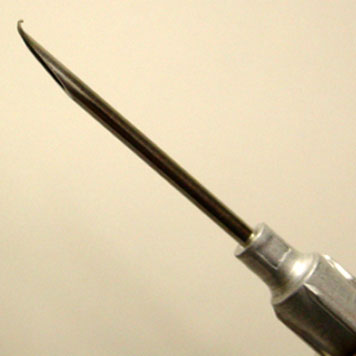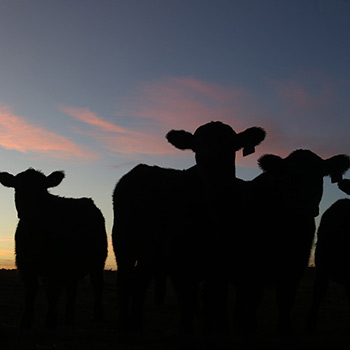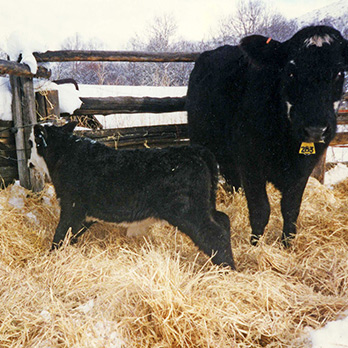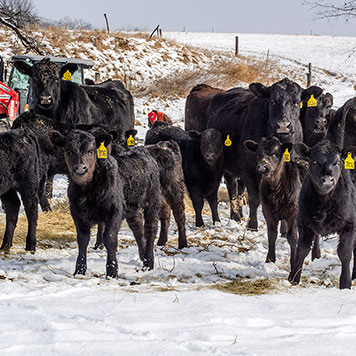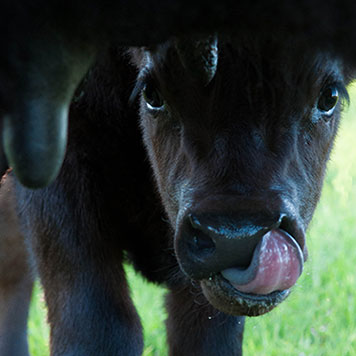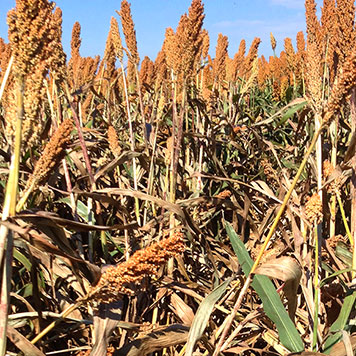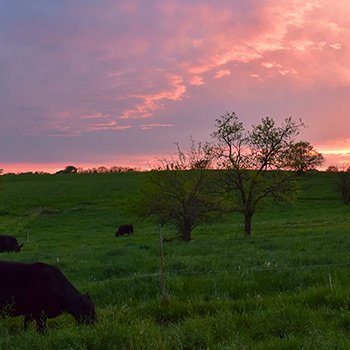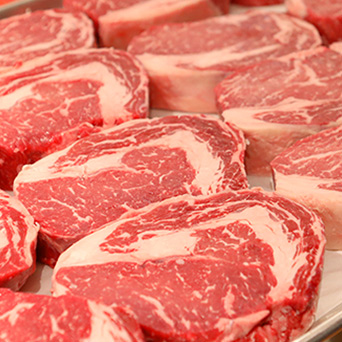Stimulating Calf Immunity
The timing of calf vaccination can affect later performance.

A cow in a natural environment may not become exposed to very many disease-causing organisms, but many cattle are confined part of the year in corrals, small pens or pastures that have been contaminated by heavy cattle use — with more chance of disease spread. With vaccination and natural exposure to various pathogens, the cow develops many antibodies and strong immunity. During the last part of pregnancy she puts these antibodies into the colostrum she produces, so her calf can have instant immunity right after it suckles.
Eugene Janzen, professor of production animal health at the University of Calgary, says the biggest difficulty he sees for many producers, their veterinarians and even some university faculty is sorting out differences between a number of vaccination recommendations.
“When talking about how to help a calf develop adequate immunity, we must realize that one size does not fit all. When I started out as a veterinarian in northeastern Alberta, calving started the end of January,” he says. Those people were farmers and wanted to calve early, before they were busy in the fields.
“That’s a completely different situation than ranchers calving later in the spring. Anyone making a living with cattle will usually calve later, if they can, when the weather is better,” says Janzen. “If weather is better, you don’t have to use barns and have the cows so confined, exposing them to possible dirty conditions. This is a huge change now, with more ranchers moving to later calving — except for some purebred producers who feel they need calves born early so their young bulls will be old enough to sell as yearlings. They still fight winter weather, or they do a complete about-face and calve in the fall.”
The first thing to consider when looking at calf immunity is the level of disease risk. The second thing is that many research studies are now showing that a baby calf can be vaccinated and the immune system remembers — even though the calf already has passive immunity from mama’s colostrum. This early vaccination can happen two ways: intranasally to create a local immunity, which in some cases will actually stimulate humoral immunity; or just vaccinate the calves systemically, says Janzen.
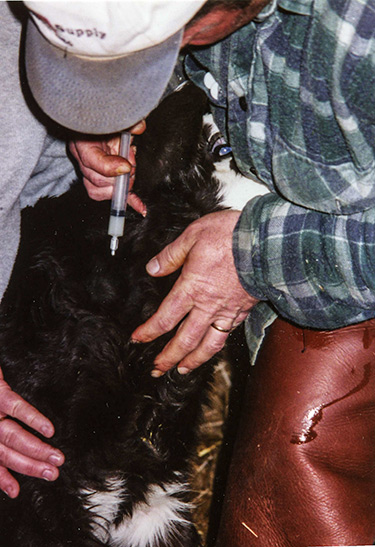 |
Vaccinating is a challenge for some diseases, but the main principles are that if you vaccinate a baby calf — even at Day 1, in the face of passive immunity — the body remembers when you revaccinate at weaning, he says. Vaccination at weaning acts as a booster. |
In some situations the calf will need local immunity, especially for things like intestinal tract disease. Most gut infections remain local by staying in the gastrointestinal tract unless the infection goes systemic — when bacteria and toxins leave the gut and get into the bloodstream to create acute toxemia. Some researchers have looked at how to get local immunity in the gut to protect against scours. There are a number of problems that tend to be local, and systemic vaccines don’t give much protection.
Vaccinating is a challenge for some diseases, but the main principles are that if you vaccinate a baby calf — even at Day 1, in the face of passive immunity — the body remembers when you revaccinate at weaning, he says. Vaccination at weaning acts as a booster.
“Some people ask about this because they don’t brand (the typical time for vaccinating calves). They wonder if they could vaccinate calves soon after birth, at the same time they are tagging and putting bands on the bull calves. I ask them what they are going to vaccinate for, and what time of year they calve. If they are calving later, during good weather, and don’t use corrals or calve behind the barn, their risk of intestinal diseases in young calves is considerably lower,” says Janzen.
“Probably the only thing these calves are truly at risk for is clostridial diseases like blackleg, malignant edema, redwater, etc., and (Clostridium) perfringens. The risk for clostridial infections does not diminish; it is always there. For most calves, this is still the most important thing we need to vaccinate for,” he says.
Editor’s note: Heather Smith Thomas is a cattlewoman and freelance writer from Salmon, Idaho.
